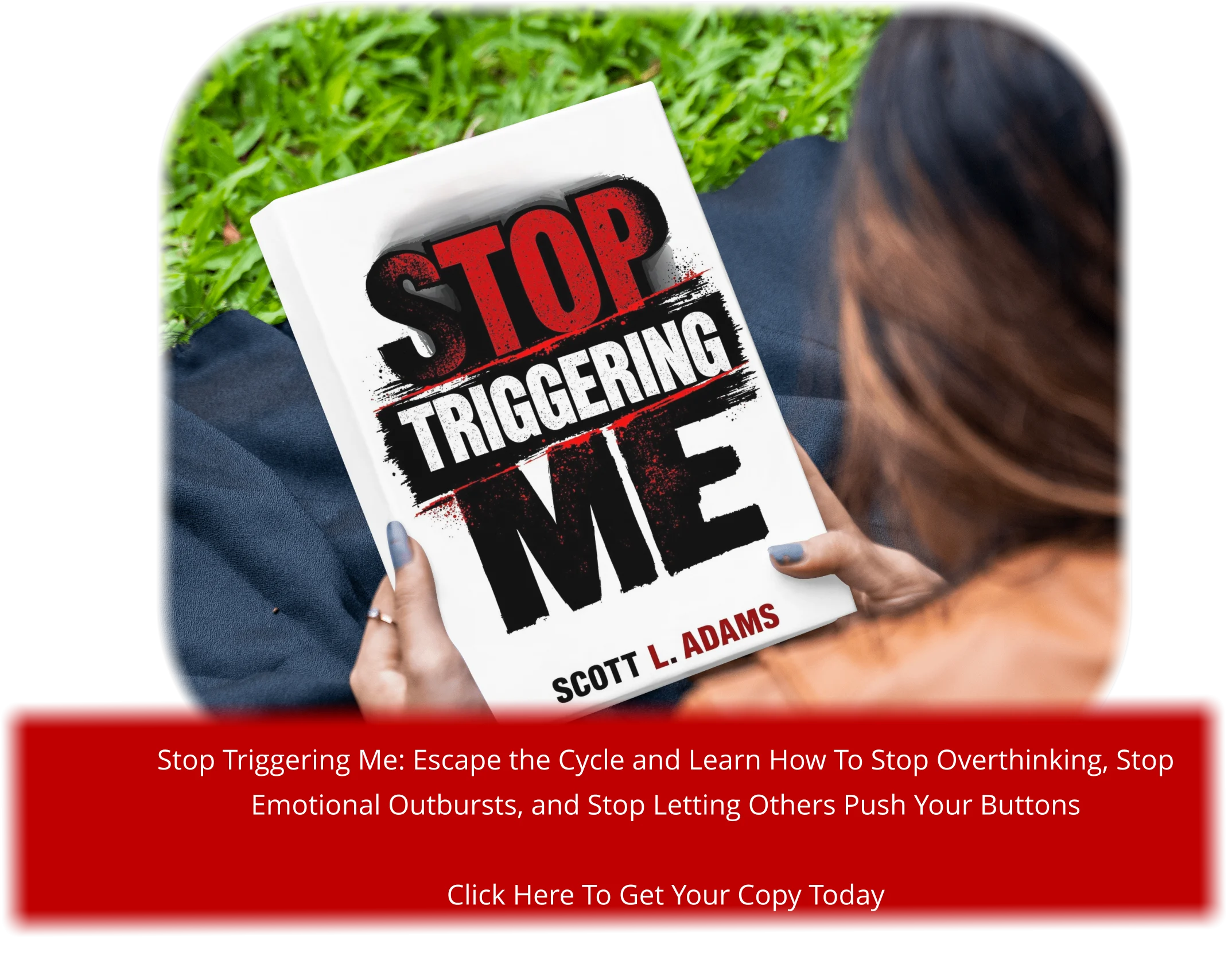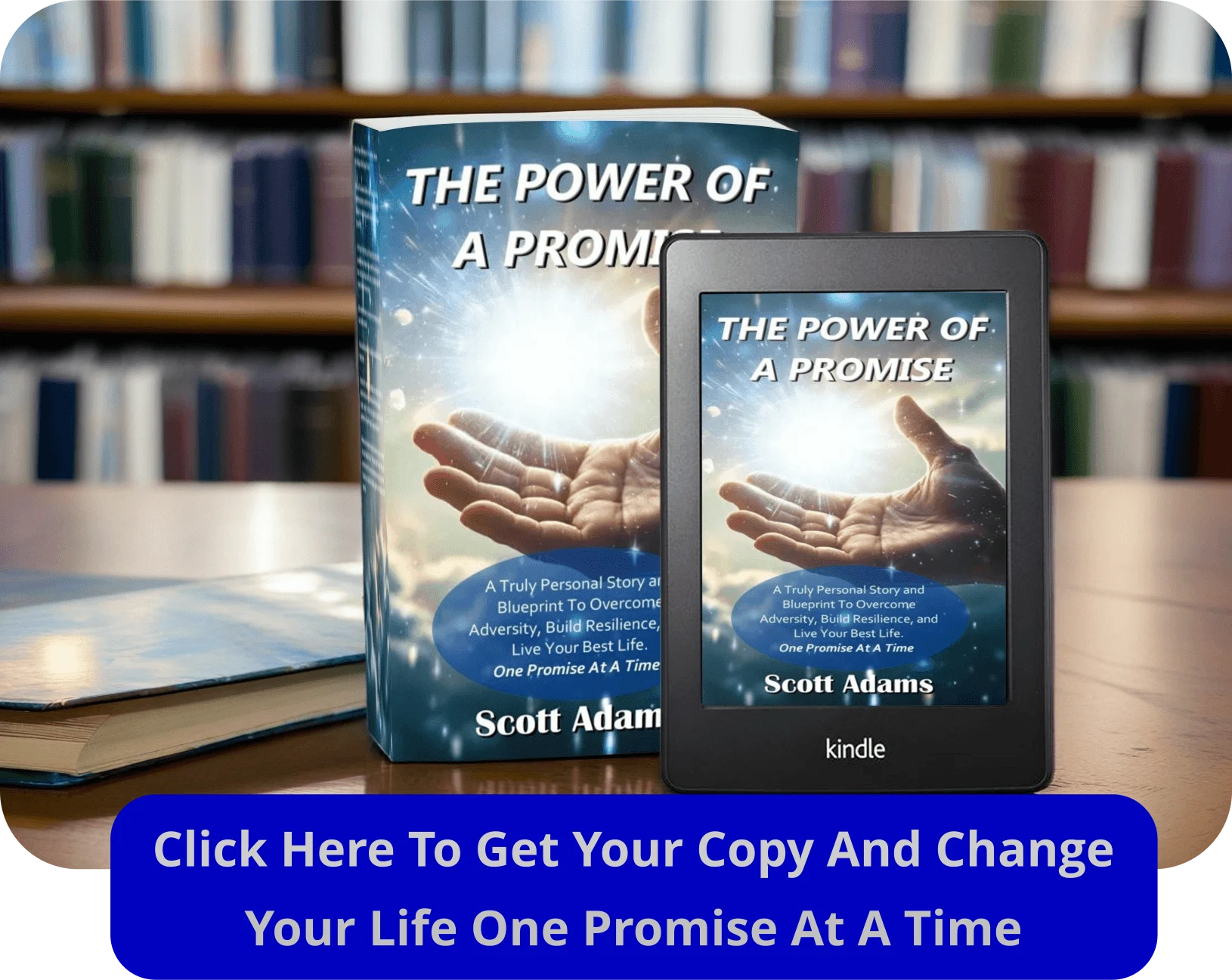I remember a time when I snapped at a close friend over something trivial. It wasn’t about the thing they said—it was the feeling it triggered. My anger felt uncontrollable, and I hated how I reacted. Later, I realized this wasn’t just a one-time event. It was a pattern rooted in past experiences and stress1.
Overreacting doesn’t make you a bad person. It’s often a sign of emotional dysregulation, where your reaction doesn’t match the situation. Studies show that unresolved past experiences can provoke strong emotional responses in 60% of individuals under stress2. Recognizing this was the first step for me to regain control.
If you’ve ever felt like your emotions take over, you’re not alone. Many people struggle with this, and it can affect relationships and daily life. But understanding your triggers and learning new ways to respond can make all the difference. Let’s explore how to take that first step together.
Key Takeaways
- Overreacting is often linked to past trauma or stress.
- Emotional triggers can provoke intense reactions in many individuals.
- Recognizing patterns is the first step to managing overreactions.
- Understanding personal triggers helps in gaining control.
- Practical strategies can improve emotional responses over time.
Understanding the Hidden Triggers of Overreaction
Sometimes, the smallest things can set off a wave of intense feelings. I’ve been there—feeling like a simple comment or a minor change in plans could make feel like the world was crashing down. These moments aren’t just about the situation itself; they’re often tied to deeper triggers we might not even realize.
Everyday things like criticism, unmet demands, or even a shift in routine can provoke overwhelming emotions. For example, a friend’s offhand remark might trigger anger that feels out of proportion. This isn’t about being overly sensitive; it’s about how past experiences shape our reactions3.
Identifying the Signs of Emotional Overload
When emotions take over, your body and mind send signals. You might feel irritable, tearful, or even physically tense. These are signs of emotional overload—your way of saying, “I’m overwhelmed.” Recognizing these cues is the first step to regaining control.
For me, it was noticing how my chest tightened during arguments. I realized it wasn’t just about the problem at hand; it was about unresolved feelings from the past. This awareness helped me pause before reacting.
The Impact of Past Experiences and Trauma
Our past shapes how we respond to the present. Childhood trauma, neglect, or even chronic stress can leave lasting marks on our mental health. Studies show that up to 60% of individuals with emotional dysregulation report adverse childhood experiences4.
These experiences can make us more sensitive to triggers. For instance, a child who felt unheard might react strongly to perceived criticism as an adult. Understanding this link is key to breaking the cycle.
“Emotions are data, not directives. They tell us something important, but they don’t have to dictate our actions.”
By reflecting on your triggers, you can start to untangle the emotions behind them. This isn’t about blaming yourself or others—it’s about understanding what’s really going on. In the next section, we’ll explore practical strategies to manage these triggers effectively.
Exploring Emotional Dysregulation and Its Effects
A simple comment from a colleague once triggered a flood of emotions I couldn’t control. It wasn’t about what they said—it was how my body and mind reacted. This is what emotional dysregulation feels like. Unlike everyday emotional responses, it’s when your reaction doesn’t match the situation. For me, it was a wake-up call to understand what was really going on.
Emotional dysregulation isn’t just about feeling upset. It’s about struggling to manage those feelings in a healthy way. You might find it hard to express emotions clearly or feel overwhelmed by even small triggers. I noticed this in myself when I’d feel a rapid heartbeat or tense muscles during conversations. These are signs your body is signaling distress.
Recognizing Symptoms and Warning Signs
Common symptoms include difficulty calming down, frequent mood swings, and feeling out of control. For me, it was the anger that felt disproportionate to the situation. Research shows that emotional dysregulation is linked to conditions like ADHD, bipolar disorder, and PTSD5. Understanding these connections can help you identify patterns in your own life.
Physiological responses, like a racing heart or shallow breathing, are often tied to dysregulation. These reactions can make it harder to think clearly or respond calmly. I’ve learned to pause and take deep breaths when I notice these signs. It’s a small but effective way to regain control.
The impact of emotional dysregulation goes beyond personal discomfort. It can strain relationships, affect work performance, and harm overall health. Studies show that individuals with dysregulation often struggle with stress in workplace settings6. Recognizing these symptoms early is crucial for preventing long-term effects.
“Understanding your emotions is the first step to managing them effectively.”
By identifying your triggers and learning to respond differently, you can break the cycle of dysregulation. It’s not about suppressing emotions—it’s about finding healthier ways to process them. In the next section, we’ll explore practical strategies to help you regain balance and build resilience.
Effective Strategies to stop emotional outbursts
There was a moment when I felt like my emotions were a storm I couldn’t calm. It wasn’t just about the situation—it was how I responded. Over time, I’ve learned that managing intense feelings starts with small, consistent steps. Here are some strategies that have worked for me.
Self-Care, Breathing Techniques, and Relaxation
Self-care isn’t just a buzzword; it’s a lifeline. When I feel overwhelmed, I take a break. Even five minutes of deep breathing can make a difference. Research shows that relaxation techniques like progressive muscle relaxation can reduce feelings of anger and stress7.
Here’s my go-to routine:
- Find a quiet space and sit comfortably.
- Inhale deeply for four counts, hold for four, then exhale for four.
- Repeat until I feel calmer.
Regular exercise also helps. Whether it’s a brisk walk or yoga, physical activity can lower stress levels and improve mental health8.
When to Seek Professional Help
Sometimes, self-help isn’t enough. I’ve learned that recognizing when to ask for support is a strength, not a weakness. If intense emotions are affecting your daily life, it might be time to seek professional help.
For me, therapy was a game-changer. It provided tools to manage my emotions and understand their roots. Studies show that structured interventions can reduce the frequency of intense emotional reactions by up to 50%9.
“Asking for help is the first step toward healing.”
Small, consistent steps can lead to meaningful change. Whether it’s practicing self-care or reaching out to a therapist, these strategies can help you regain control and build emotional resilience.
Cognitive Reframing: Changing the Way You Think
I once found myself spiraling into frustration over a minor misunderstanding. It wasn’t about the thing itself—it was how my mind interpreted it. This moment taught me the power of cognitive reframing, a tool that helps shift negative thought patterns into balanced perspectives. By changing the way I think, I’ve learned to respond to challenges with greater clarity and calm.
Challenging Negative Thought Patterns
Negative thoughts often feel automatic, like they’re running on a loop. I’ve struggled with this, especially during stressful times. For example, I’d interpret a colleague’s feedback as criticism, which fueled anger and self-doubt. But cognitive reframing helped me pause and question these thoughts. Research shows that challenging cognitive distortions can reduce emotional distress by up to 40%10.
Here’s how I approach it:
- Catch the thought: Notice when a negative idea arises.
- Check its validity: Ask, “Is this thought true or exaggerated?”
- Change the narrative: Replace it with a more balanced perspective.
This simple strategy has helped me regain control over my reactions and improve my mental health.
Transforming Demands into Manageable Requests
Another area where reframing has made a difference is in how I communicate. I used to phrase requests as demands, which often led to frustration when they weren’t met. Now, I focus on expressing my needs in a way that feels collaborative. For instance, instead of saying, “You never listen,” I might say, “I’d appreciate it if we could talk this through.”
This shift not only reduces tension but also fosters healthier relationships. Studies show that cognitive restructuring can improve communication and reduce conflict by 15-25%11.
“Changing your thoughts can change your life. It’s not about ignoring emotions—it’s about understanding them.”
By practicing cognitive reframing consistently, I’ve noticed a significant improvement in how I handle stress and interact with others. It’s a strategy that empowers me to take charge of my emotions and create a more positive mindset.
Using Physical Activity and Mindfulness for Emotional Balance
A walk in the park one evening completely shifted my perspective on managing stress. I realized that combining physical activity with mindfulness could be a powerful tool for emotional balance. It wasn’t just about moving my body—it was about being present in the moment and noticing how it made me feel.
Exercise and Progressive Muscle Relaxation
Regular exercise has been a game-changer for me. Whether it’s a brisk walk or a yoga session, physical activity helps me release tension and clear my mind. Studies show that even 30 minutes of moderate exercise daily can reduce cortisol levels, the stress hormone, and improve mood12.
One technique I’ve found particularly helpful is progressive muscle relaxation. Here’s how I do it:
- Find a quiet space and sit or lie down comfortably.
- Starting from your toes, tense each muscle group for 5 seconds, then release.
- Move upward through your body, focusing on each area until you feel fully relaxed.
This practice not only calms the nervous system but also helps me reconnect with my body when I’m feeling overwhelmed. Research suggests that combining exercise with mindfulness can enhance emotional resilience13.
Practical Tips for Starting a Routine
If you’re new to exercise, start small. Even a 10-minute walk can make a difference. Here are some tips to get started:
- Set realistic goals, like walking three times a week.
- Choose activities you enjoy, whether it’s dancing, swimming, or cycling.
- Pair exercise with mindfulness by focusing on your breath or surroundings.
Over time, I’ve noticed how these practices improve my mental health and reduce the frequency of intense reactions. It’s not about perfection—it’s about consistency and finding what works for you.
“Movement is a medicine for creating change in a person’s physical, emotional, and mental states.”
By integrating physical activity and mindfulness into your daily routine, you can create a reliable response to intense feelings. Start small, stay consistent, and notice the subtle improvements in your emotional regulation over time.
Strengthening Communication and Relationships in Difficult Times
During a heated conversation with my partner, I realized how easily words could escalate tension. It wasn’t about the thing we were arguing over—it was how we communicated. That moment taught me the importance of clear dialogue in maintaining healthy relationships.
Misunderstandings often arise when emotions take over. For me, it was noticing how my anger clouded my ability to listen. Studies show that 75% of individuals struggle to communicate effectively during high-stress situations14. This can lead to conflicts that strain relationships and erode trust.
Improving Communication to Reduce Conflicts
One strategy that helped me was active listening. Instead of focusing on my response, I started paying attention to the other person’s words and feelings. This simple shift reduced misunderstandings and made conversations more productive.
Here are some practical tips I’ve found helpful:
- Pause before responding: Take a moment to process what’s being said.
- Use “I” statements: Instead of blaming, express how you feel.
- Focus on shared understanding: Aim to resolve the problem, not win the argument.
Research shows that effective communication techniques can minimize conflicts by up to 40%15. By practicing these skills, I’ve noticed a significant improvement in my relationships.
“Communication is the bridge between confusion and clarity.”
Another key aspect is preparing for difficult conversations. I’ve learned to acknowledge my feelings beforehand, which helps me approach the discussion calmly. This practice has made it easier to express myself honestly without escalating the situation.
Building emotional resilience through open communication is a long-term strategy. It’s not about avoiding conflicts but handling them in a way that strengthens bonds. Every small step in improving communication can have a lasting impact on your health and life.
Conclusion
It wasn’t until I paused mid-conversation that I realized how much my reactions were shaping my life. Overreacting wasn’t just about the thing that triggered me—it was about how I let those moments define my relationships and mental health. Recognizing this was the first step toward change.
Through this journey, I’ve learned that managing anger and stress is a process. It’s not about perfection but progress. Small steps, like practicing mindfulness or seeking professional help, can make a big difference. Studies show that cognitive restructuring and relaxation techniques can reduce emotional intensity and improve overall well-being16.
Every person’s path is unique, but the tools are universal. Whether it’s improving communication at work or fostering healthier connections with family, the key lies in how we respond to challenges. Remember, seeking support is a sign of strength, not weakness.
Progress may be gradual, but every step counts. By taking control of your emotions, you’re not just improving your life—you’re building a foundation for healthier, more fulfilling relationships. Keep moving forward, one small change at a time.







